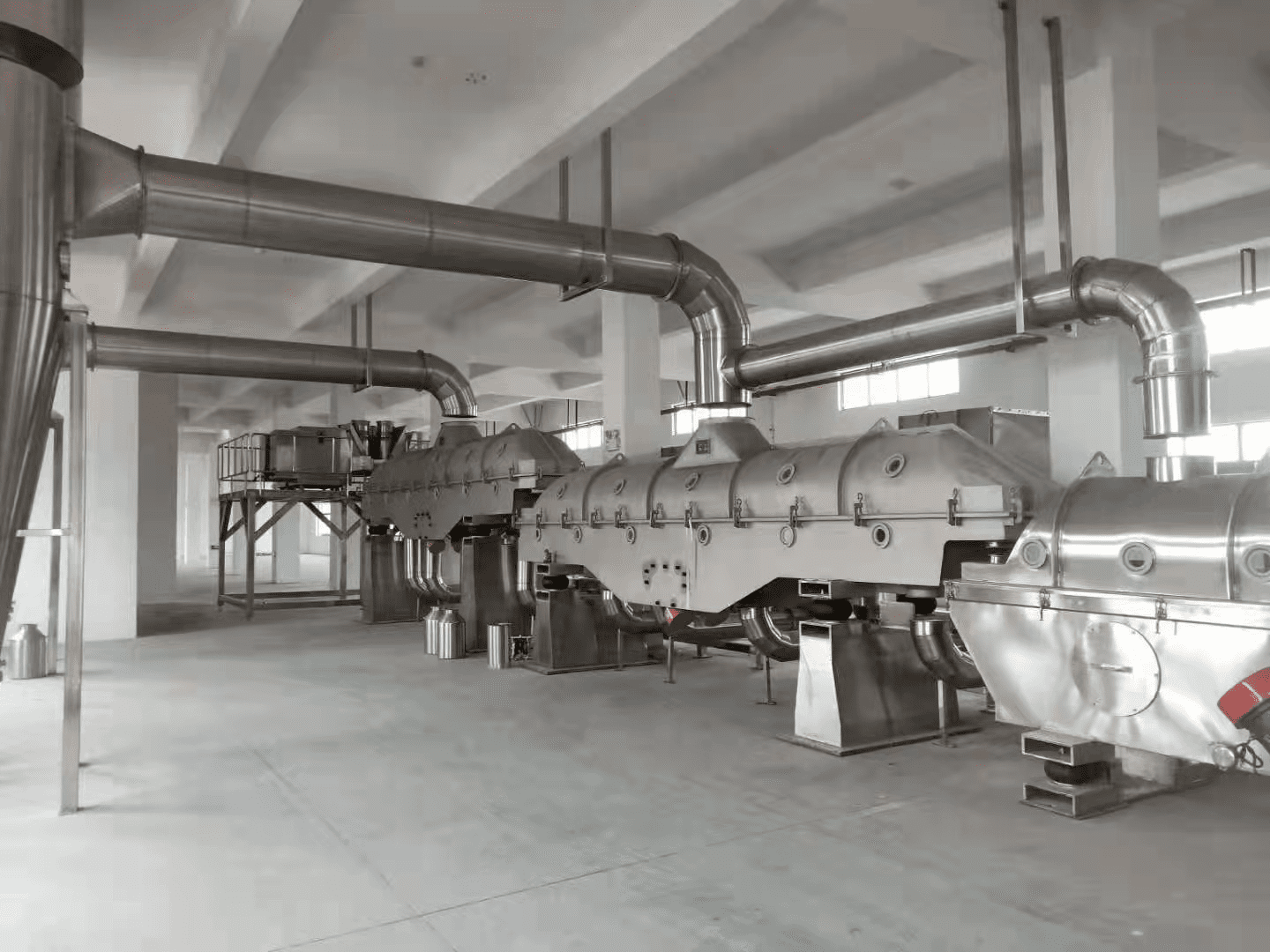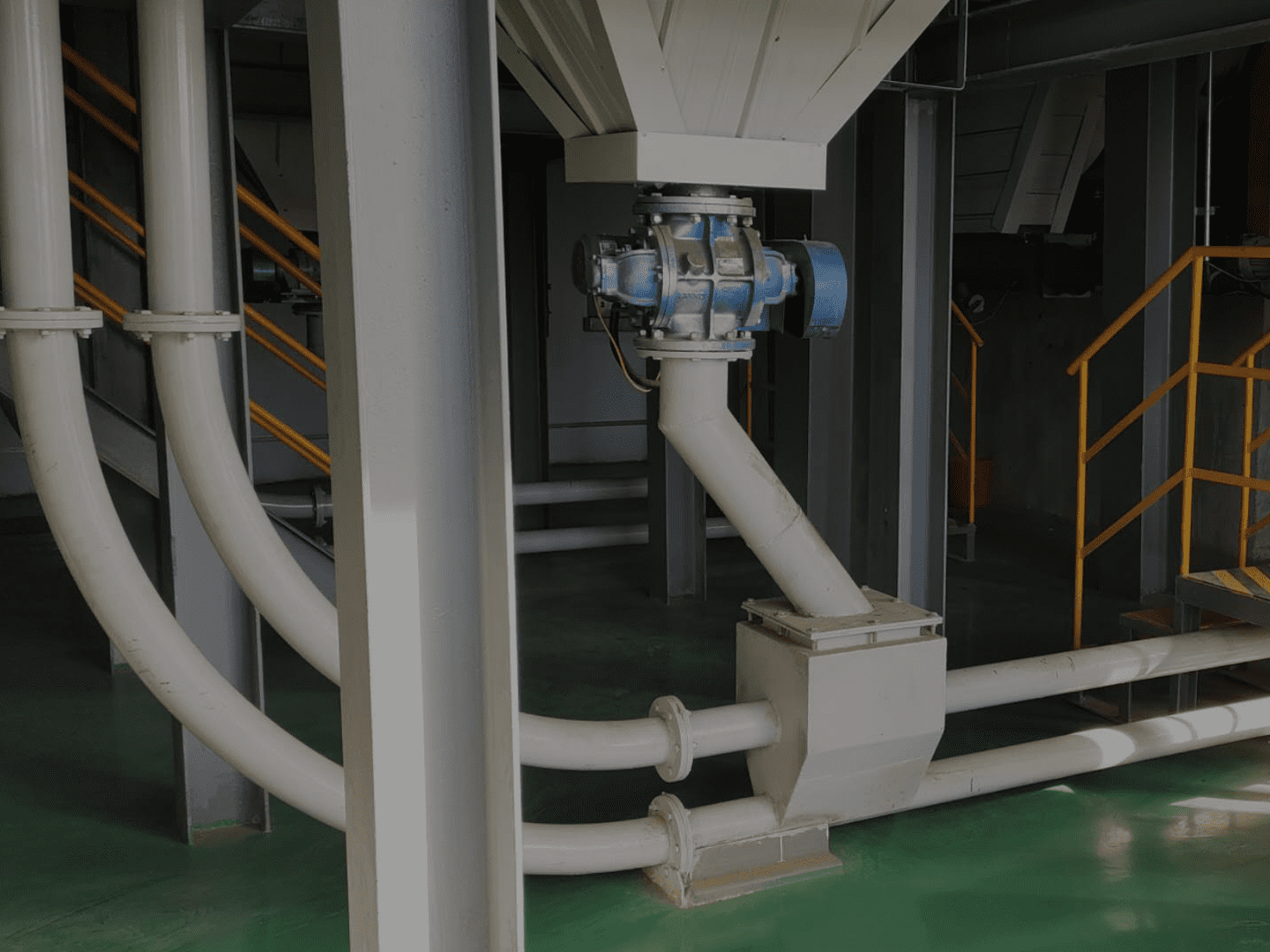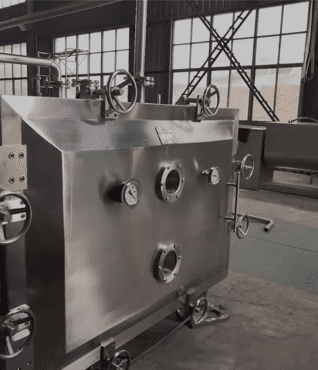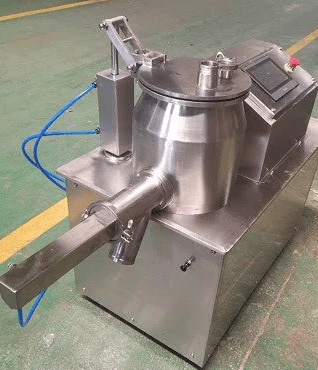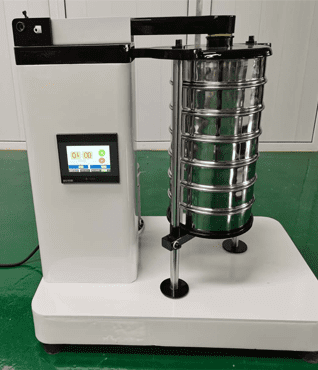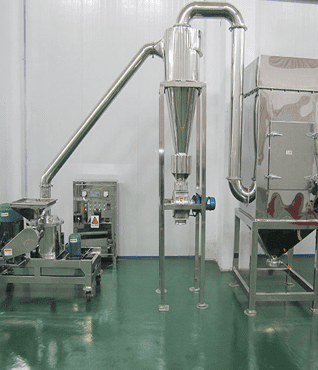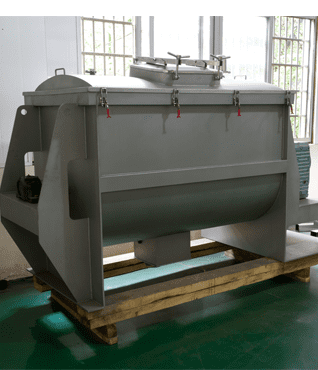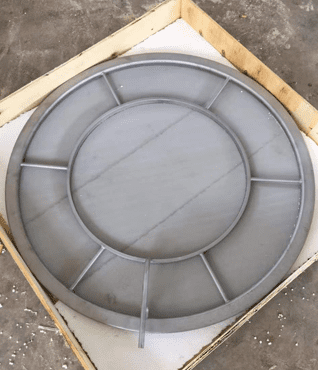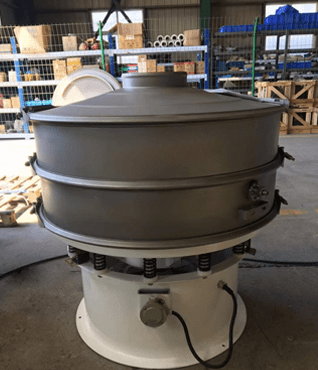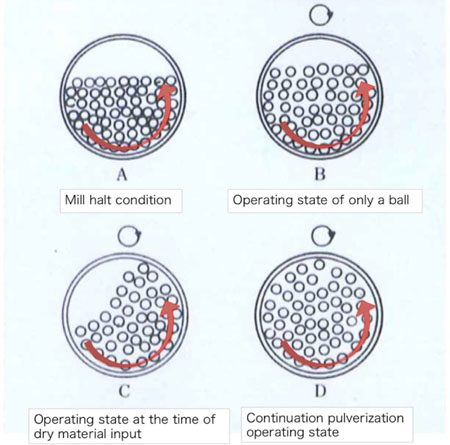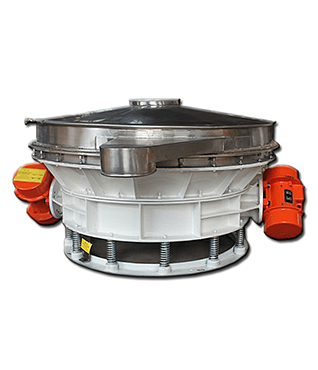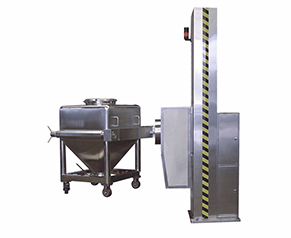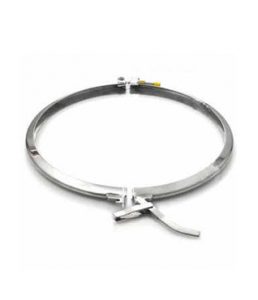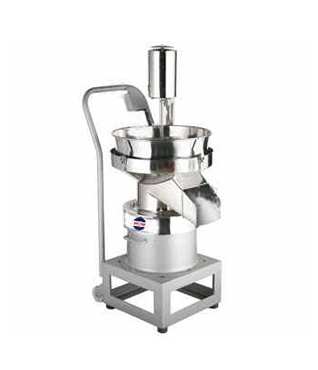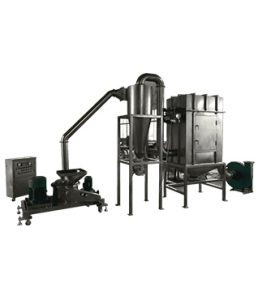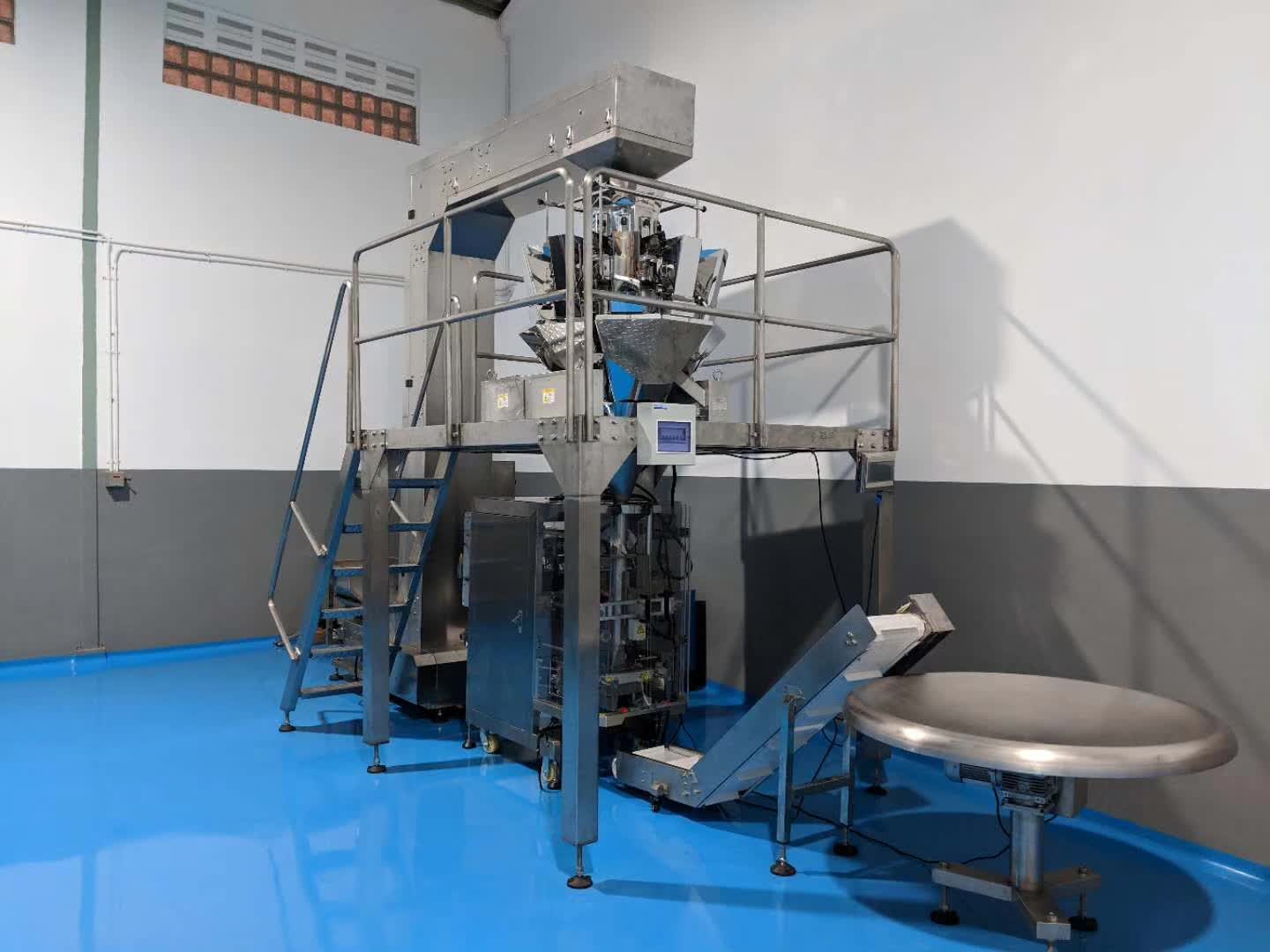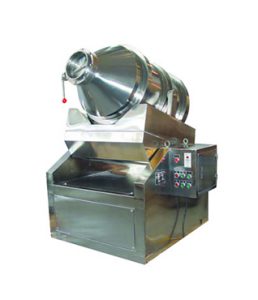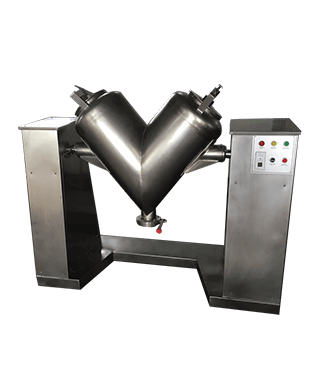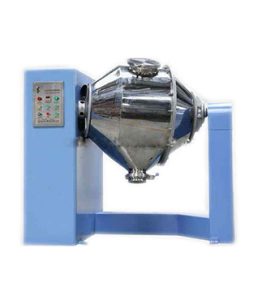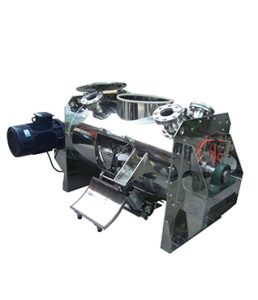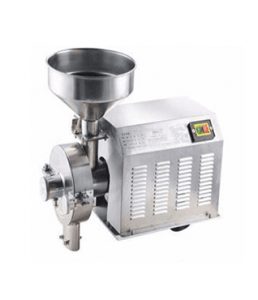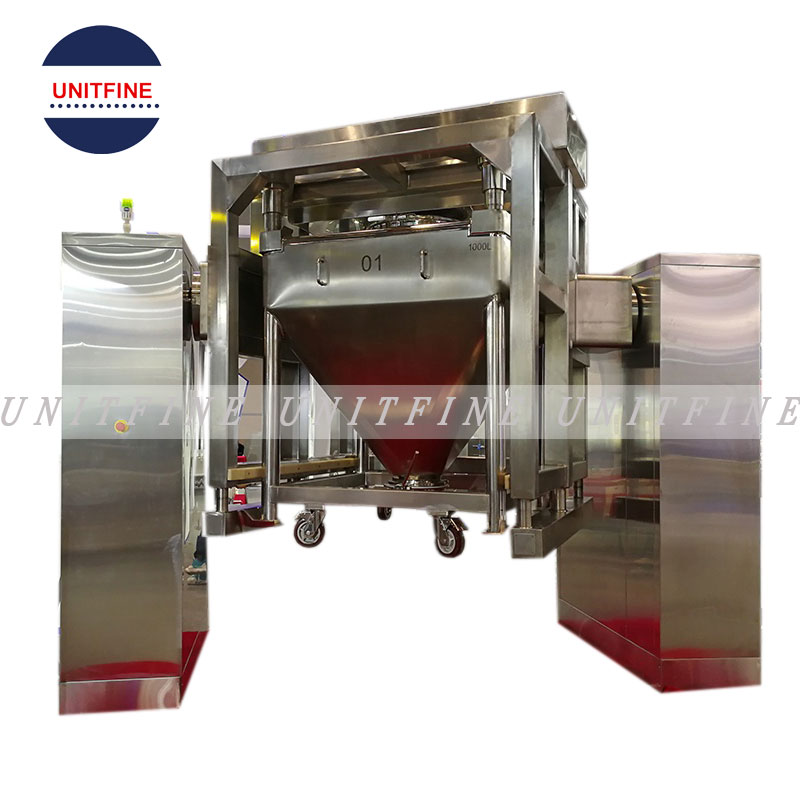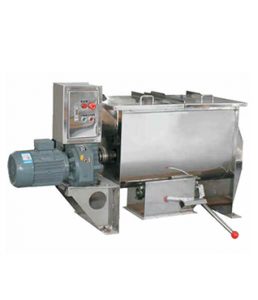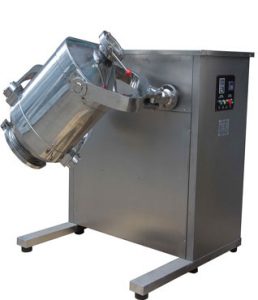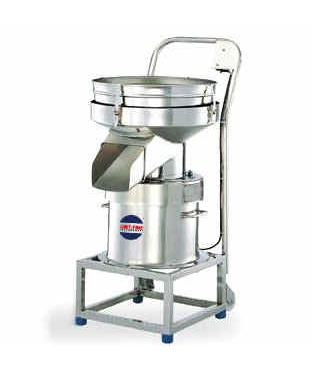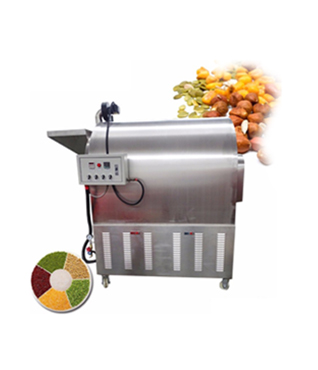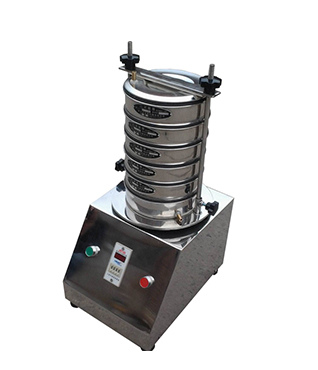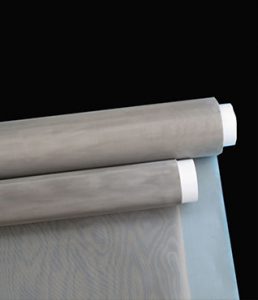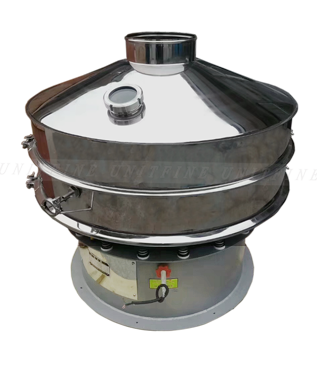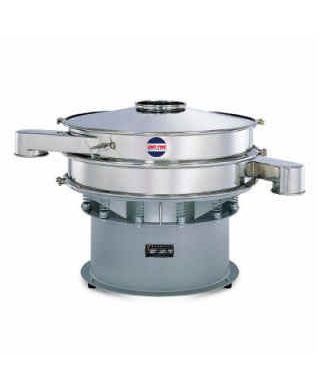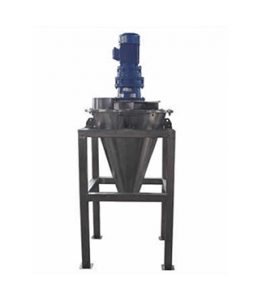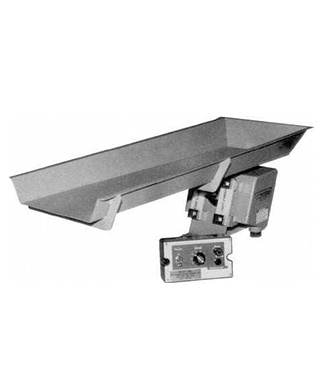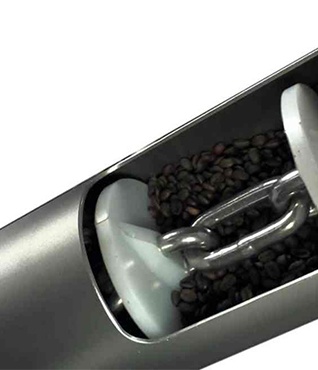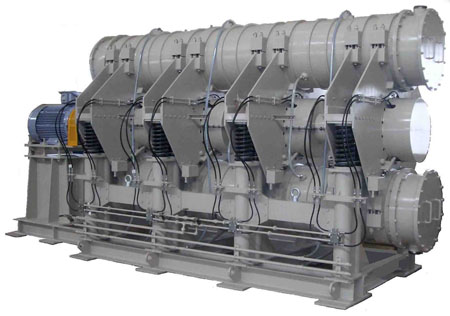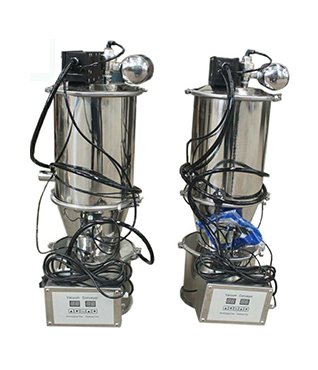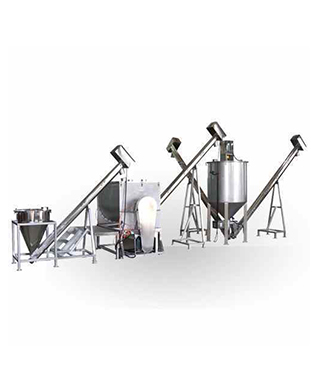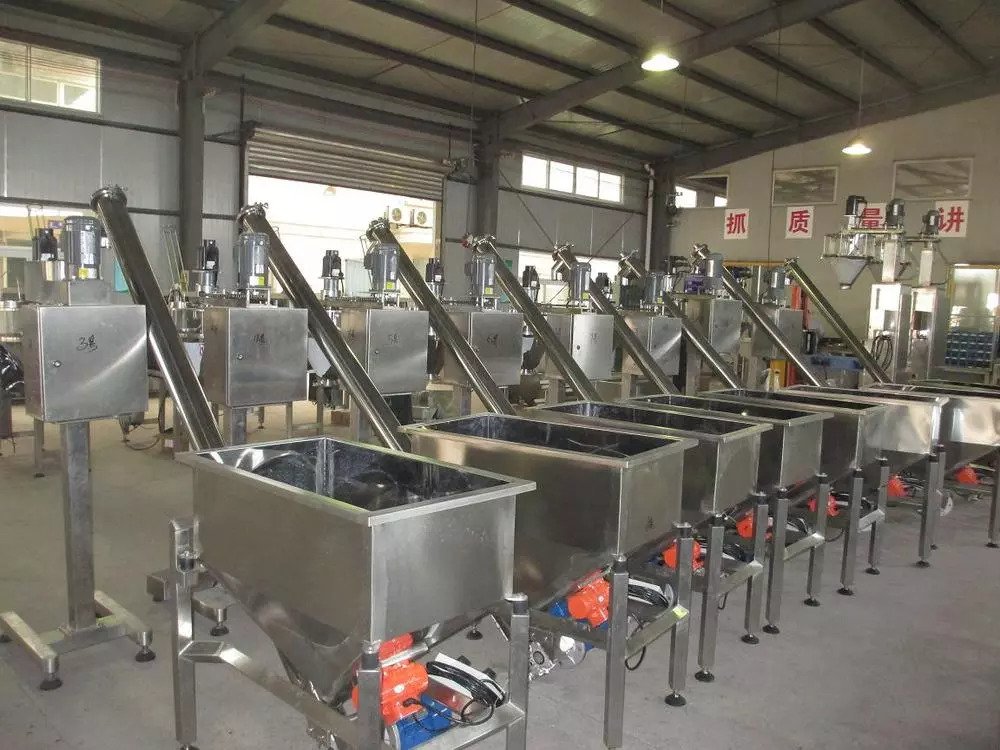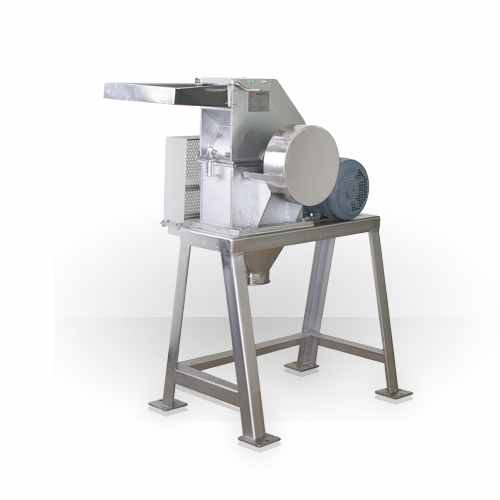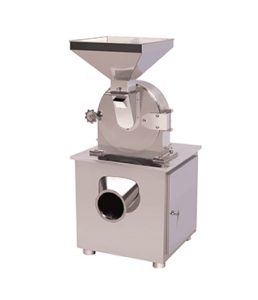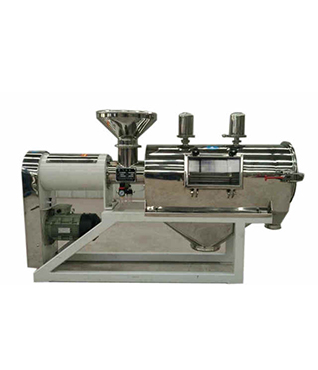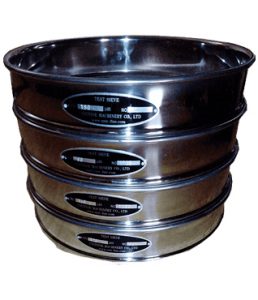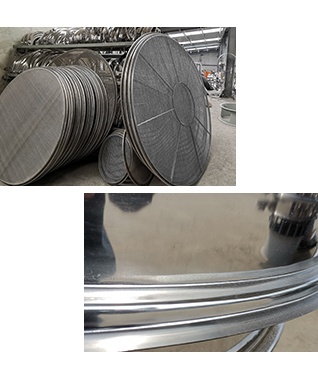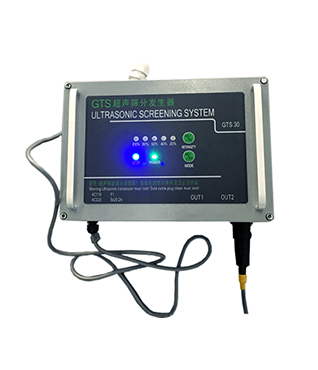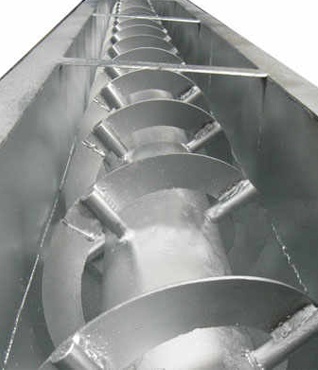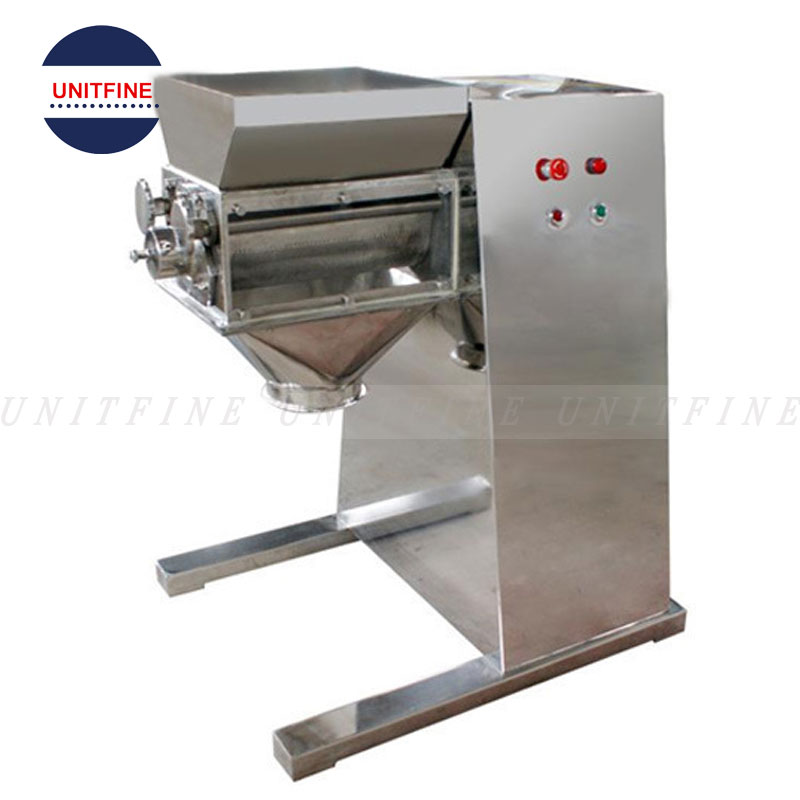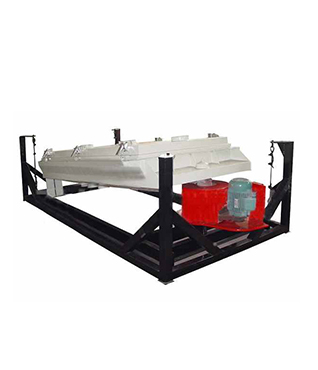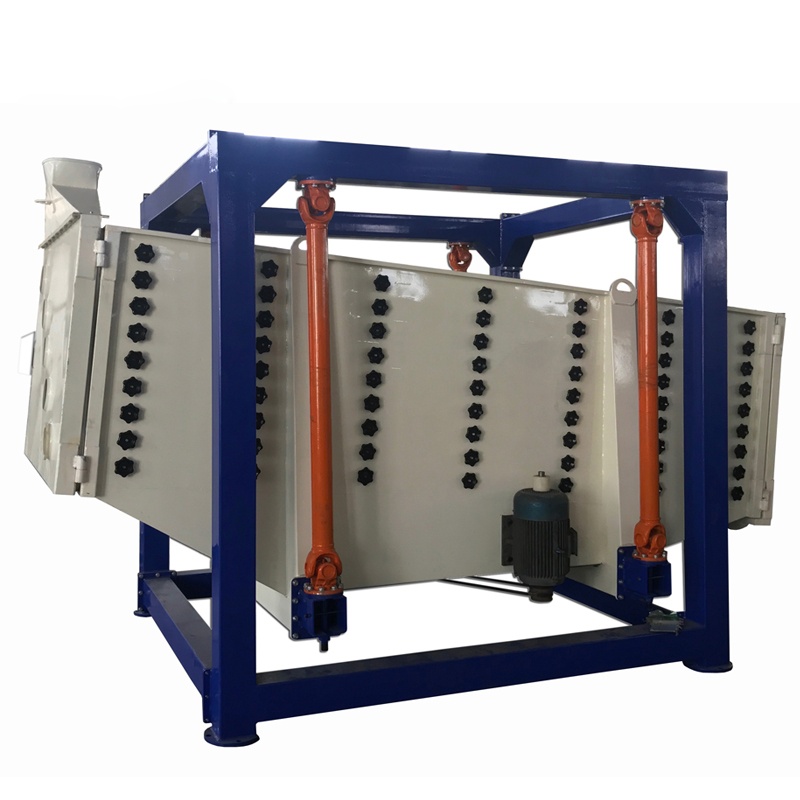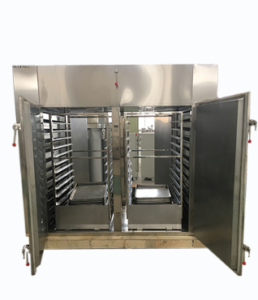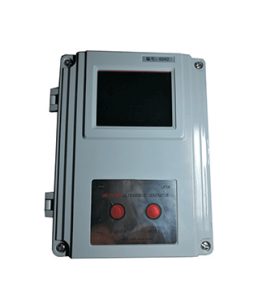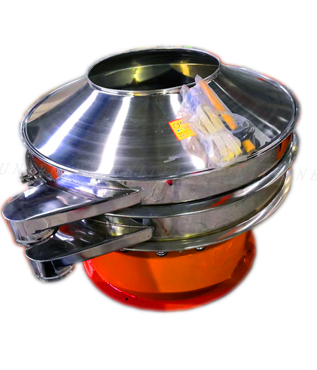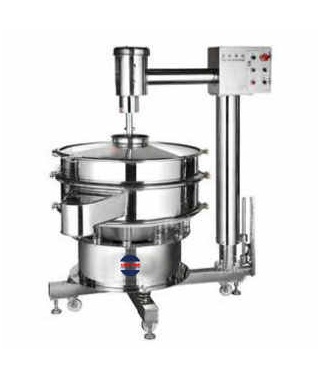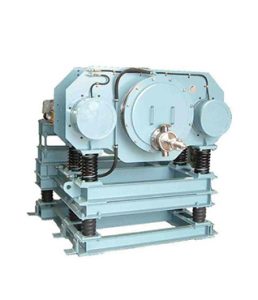OVERVIEW OF 2C Type Continuous Vibration Mill
Unitfine 2C Type Continuous Vibration Mill is one of the best size reduction equipment in the manufacturing industry. With the grinding container, the middle range ground materials are thrown in a feeder such as a rotary feeder, table feeder, electromagnetic feeder, and many others to take out fine powders to the lower exit while the milled particles fall through the base of the mill.
There are eight models to the C2 Type Vibration Mill that can produce 33 to 3186 Liters or 50 to 2350 throughput kilograms per hour. Each model uses its own steel bar with varying weights and kilowatts power requirements.
For some vibration mills, the materials are exposed continuously while in the grinding process. On the other hand, the 2C Type model can both be used by either in open or closed form depending on the returns of passing materials.
The machine can carry out high-speed rotation from the electric motor where the mill halts the rotations, operates it in a state of only a ball, it then includes the dry materials, then lastly it will continue the cycle of the pulverization process where it will grind of a short amount of time.
The vibration made by the high-speed rotations is absorbed by the grounding pipe that is attached to a spring. The shaft is then connected to the electric motor to balance out the pressure from the weight pulley. Once the vibration is made, the magnitude is adjusted by the unbalanced weight pulley.
The whole process of milling with the 2C Type Continuous Vibration Mill simply undergoes a constant vibration created by an eccentric motor which makes the milled particles fall through the screen of the vibration mill’s base.




